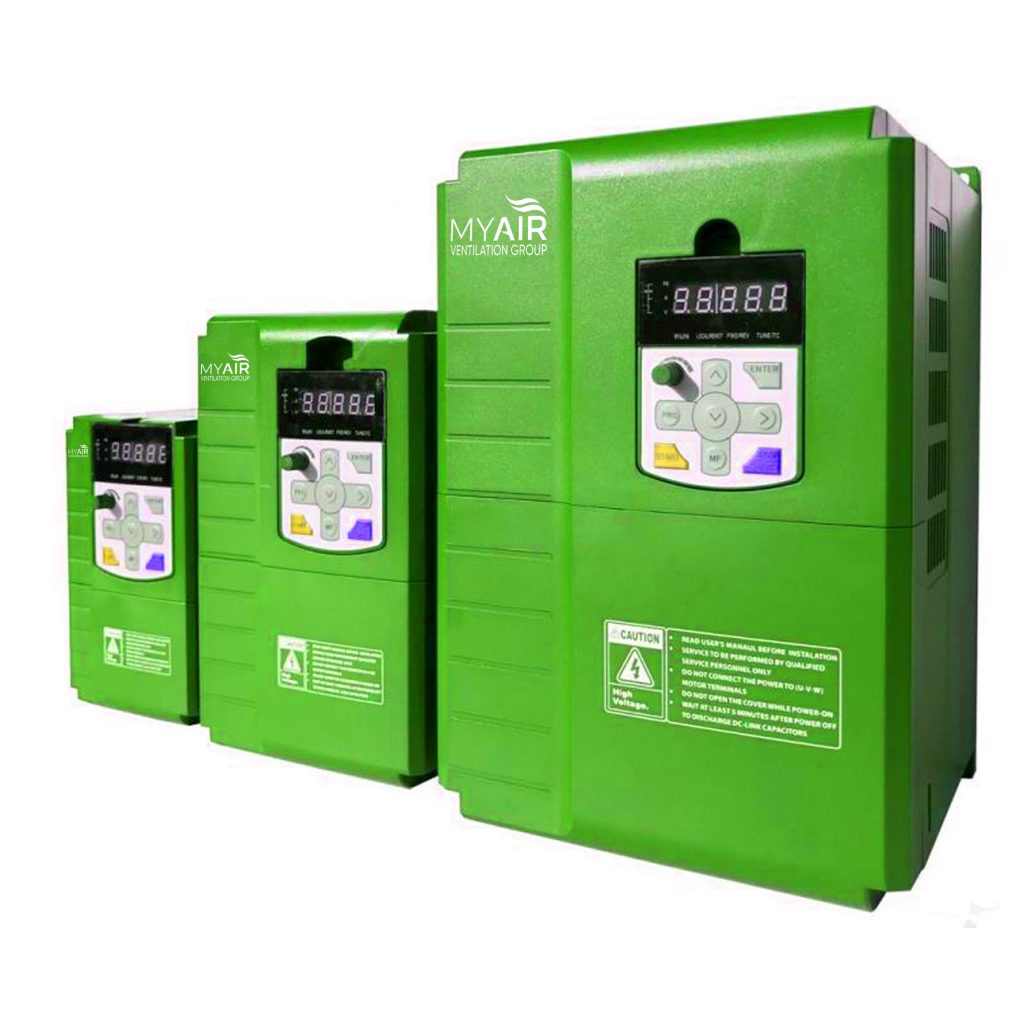
This guide represents the views of the MyAir Variable Frequency Drives Group on Fire
Mode. However, it has no legal force, and readers are advised to consult relevant
legislation and standards as wett as any manufacturer product manuals and support
material.
The aim of this Guide
This Guide is to provide a reference for Variable Frequency Drive (VFD) manufacturers
and users to establish criteria by which Fire Mode in VFD should be defined. This is to
enable a common understanding of what Fire Mode is and clear communication of
how any specific product operates.
Purpose of Fire Mode
The aim of Fire Mode in a VFD is to maximise availability of the smoke control system
used in a building for smoke ventilation in the event of a fire. This extends continuity of
service and recovery through intelligent control during transient conditions. As well as
energy saving in normal operation, the VFD can make the control system more flexible
and more robust during adverse conditions. Fire Mode further enhances this robustness.
Definition of Fire Mode
Fire Mode is a special operating mode of the VFD that is activated by a signal from the
building’s fire alarm system that specifically indicates a fire condition. Once operating in
Fire Mode, the VFD will ignore or reset faults in order to maintain availability.
Fire Mode cannot be triggered by any other signal or manual option. Once the VFD
enters Fire Mode, it cannot exit this mode until the fire condition signal is reset.
